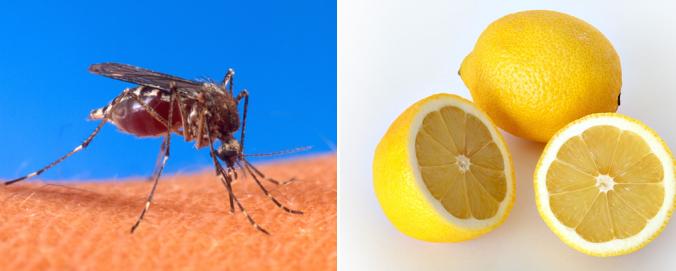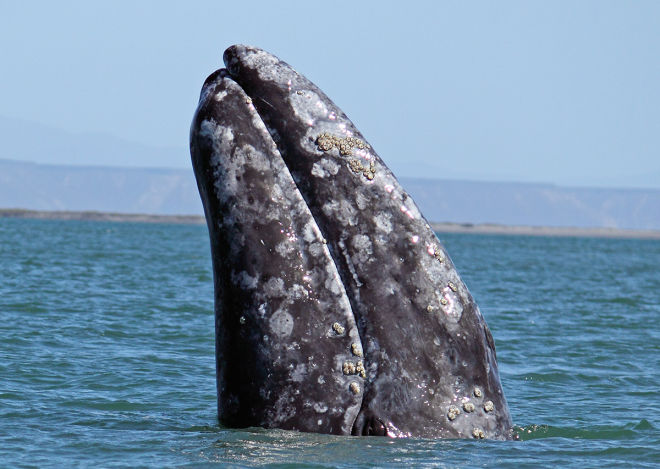
Parasites are life’s great success story, abundant in both species and sheer numbers. One secret to their success is the ability that many parasites have to manipulate their hosts. By pulling strings like a puppet master, they use their hosts to advance towards their own goal of planetary conquest. Creepy is the best word to describe most of their strategies. They turn some hosts suicidal. They castrate others. They turn still others into zombie bodyguards. But a new study published today suggests that the parasite that causes malaria may use a more pleasant strategy. It lures mosquitoes to infected hosts with a lemony scent.
